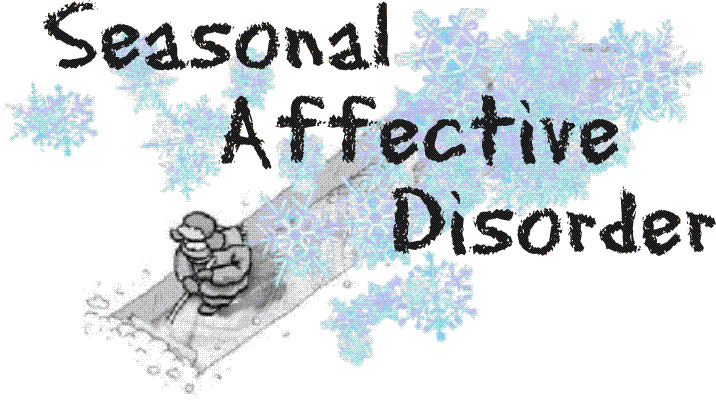
As winter is well and truly upon us, Seasonal Affective Disorder (SAD) is something that we need to prepare for.
Seasonal Affective Disorder is a type of depression that is associated with winter months. This disease occurs by the lack of light, particularly affecting countries that are relatively far from the equator, such as Ireland.
This depression affects roughly one in 15 people in Ireland between the months of September and April. This most severe months for this disease is during December, January and February. The theory behind SAD is due to the shorter days of sunlight, this results in a lesser degree of the neurotransmitter serotonin as it is converted to melatonin to encourage sleep.
What are the symptoms of SAD?
- Depression – feeling very low and sad in yourself. Can also be a feeling of failure and hopelessness
- Difficulty to sleep/oversleeping – sleeping patterns can be distributed which can result in struggling to fall asleep or finding it very difficult to wake up in the morning
- Social Interactions – struggling to interact in social situations or finding yourself very withdrawal in social interactions
- Weakened immune system – more vulnerable than usual to catch winter colds and flu
- Lethargy – feeling very tired and lacking in energy when trying to complete normal day to day tasks
- Concentrating levels – finding it difficult to concentrate and complete projects in the workplace
Some tips on how to treat Seasonal Affective Disorder
- Engagement in the workplace
Be sure to try and participate in all work activities and social gatherings throughout the winter months. Make an extra effort to go for lunch with your colleagues or to arrange to meet up after work hours. This will help with keeping your spirits up and can also be an opportunity to confide in a colleague if you are feeling down in the winter months
- Exposure to daylight
Maximise the amount of daylight exposure you get. Make your house brighter through the winter months. Keep your blinds and curtains open during the day. Try and get the earlier train or bus into work so you get as much daylight as possible. Speak to a manager in your workplace to see if it is possible to sit near a window at work.
- Adopt a healthy lifestyle
Making a conscious effort through the winter months to be extra healthy in your life choices. Eat a well-balanced diet, meditate, practice yoga and be sure to get enough sleep. This will help with reducing stress levels.
- Be aware of early signs of SAD: If you feel you are suffering from severe winter depression, be sure to contact a health care professional and they can determine what is the next best step for you.
All these steps you can try yourself to see if your symptoms approve. Do not stress though if your symptoms don’t approve right away. It is very important to not brush these symptoms off as just the “ winter blues” Seeking professional help is the right step to take and helping you take the right step in towards managing seasonal affective disorder and living a happy and healthy life throughout all seasons.
For more information on how we can transform your organisation’s wellness to create a winning culture with leading-edge technology, get in touch today!
